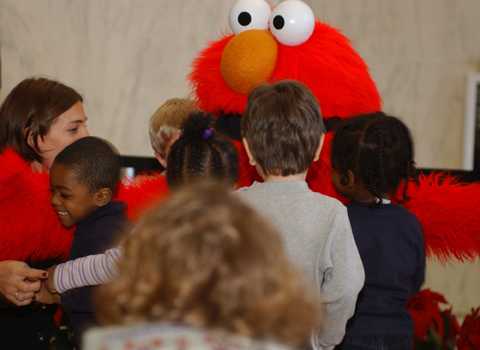Main Content
Lesson 1: Introduction to Normal and Abnormal Behavior in Children and Adolescents
Introduction
 Public Domain, commons.wikimedia.org
Public Domain, commons.wikimedia.org
Our history shows that, until recently, we have failed to understand the unique mental health needs of children and adolescents. This misunderstanding led to some faulty conclusions that further jeopardized the well-being of these individuals. For example, a lack of understanding led many to believe that children with behavioral and emotional problems just needed more discipline to overcome their difficulties. Centuries of abuse resulted from misunderstandings such as this. Fortunately, recent decades have offered much promise. Through research and inquiry, professionals across many disciplines (e.g., psychology, education, medicine) have increased our understanding of child development. This understanding, combined with advances in knowledge about the causes of mental illness, has aided in the diagnosis, treatment, and prevention of psychological problems in the early years of life. As is often the case, new understanding leads to additional questions – offering further hope and excitement to the study and treatment of the problems of young people.
Lesson Objectives
After completing this lesson, students will be able to:
- demonstrate an understanding of the history of abnormal child psychology
- define abnormal behavior in children and adolescents
- demonstrate an understanding of the unique challenges involved in understanding abnormality in children and adolescents
- recognize specific factors that may place children and adolescents at risk for mental disorders, as well as important protective factors
Lesson Readings & Activities
By the end of this lesson, make sure you have completed the readings and activities found in the Course Schedule.
